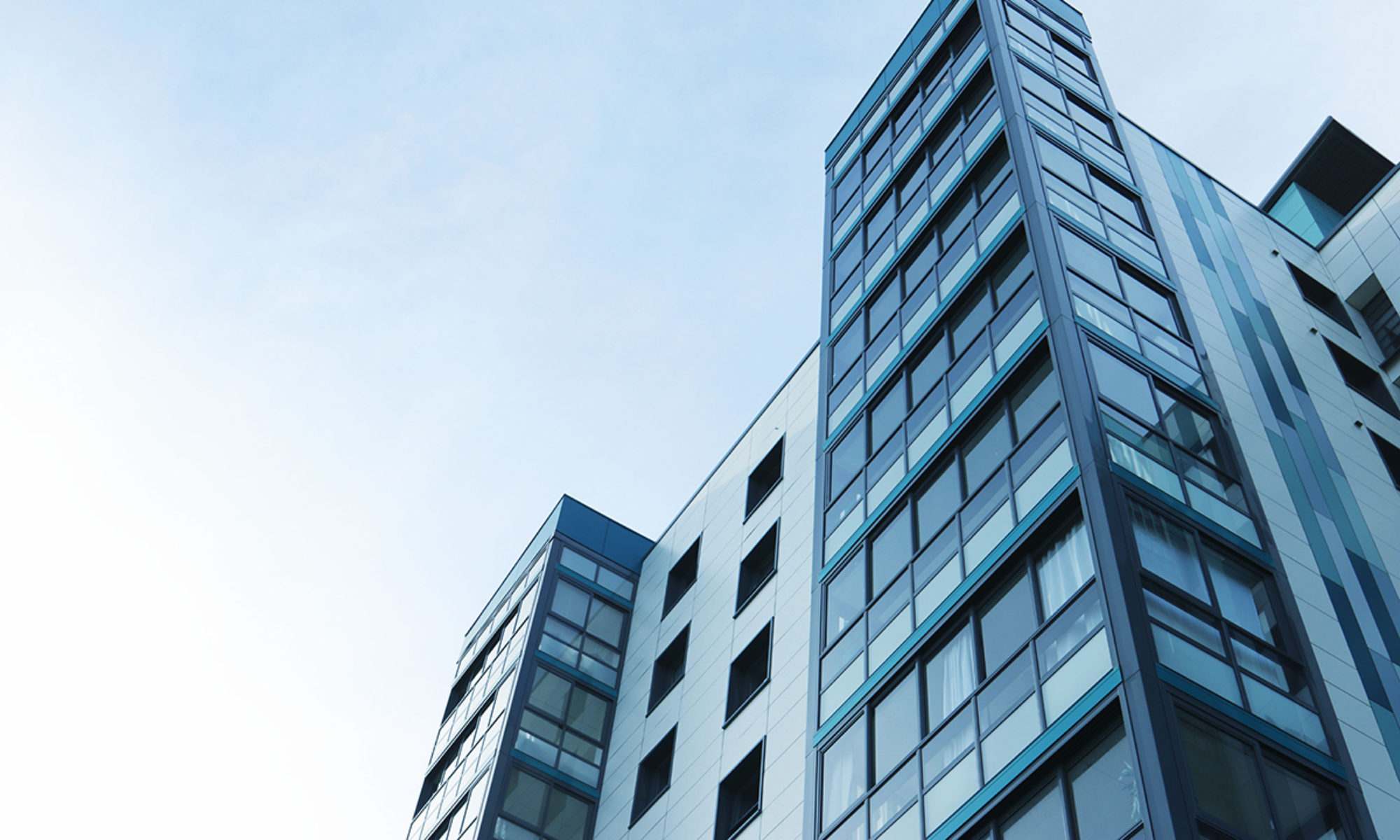When leasing commercial real estate space of any type, there are many ways for landlords to hide extra costs from tenants that tenants are usually not aware of.
Two of the most common ways to hide such costs are related to the tenant’s share of operating expenses (or NNN or CAM) and measuring the building. Retail tenants in particular have to be extra careful here as they have high exposure related to NNN expenses because they pay a direct share of NNN expenses and not just increases over a base year such as is common in office and many industrial leases.
If tenants aren’t careful to use a broker that understands the operating expense share, this cost to the tenant can be quite large during the lease term. Many times this costs starts out low and then later on in the lease gets quite high. It is best, in my opinion, to negotiate an overall annual cap and also have a list of expense exclusions that aren’t reasonable for a landlord to include as part of the tenant’s share.
An example of unreasonable tenant expenses would be for earthquake insurance. Earthquake insurance usually has a deductible of 20% of the entire property value and is an expensive type of insurance to begin with. It would be a shock for a tenant to receive a bill for their share of a deductible that reaches into the millions, but this is exactly what happens in the real world after an earthquake hits. There are many more expenses like this that should not reasonably be part of the tenant’s share. Some more common examples include: Common area ADA upgrades, capital expense replacements and renovations, insurance deductibles in excess of $20,000 for any particular policy, including new expenses in future years that weren’t part of the original base year (for office leases) , and adding costs that aren’t really necessary like artwork, etc.
Measuring the building is another area where landlords can pad the numbers that will result in a higher rent to the tenant without a tenant even knowing it’s happening and this happens most commonly in office buildings.
Landlords can and usually do include the tenant’s share of the common areas as part of the tenant’s rent. This is called a common area load factor and increases the actual or usable square footage of the premises (and therefore the rent) leased by anywhere from 5-20% and sometimes more. Some of the common areas are legit and some aren’t.
I recently found one industrial landlord adding 5% to their usable square footage numbers just because they had an exterior overhang on the building even though it was not enclosed space. Another office landlord blended two methods of measuring a building and used the average overall load of the building for the first and second floors but the actual load of the building for the third floor because the load numbers were higher this way. When I discovered each landlord doing these things they both reduced their numbers so my client was able to save rent in the percentage that the load was reduced. This makes sense because a tenant pays rent on the usable square footage plus the common area load (called “rentable square feet). So, if the load gets reduced –so does a tenant’s rent.
Do any of you have stories like this to tell of landlords padding their numbers? Unsure of whether or not something you’ve experienced falls into this territory? Comment and share your stories below!
Are you concerned that you might be unaware of some of the same things happening to you?
Feel free to contact me for help on these matters at 805-217-0791 or david@djmcre.com


